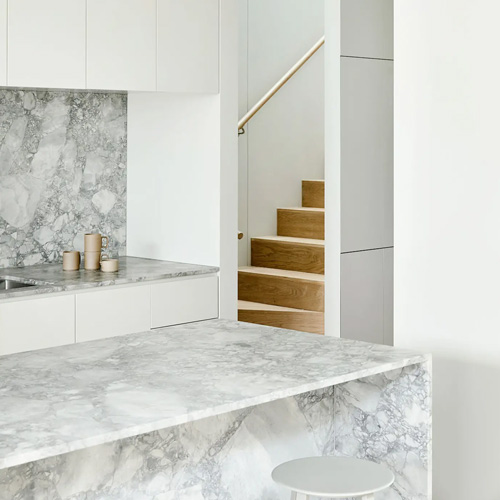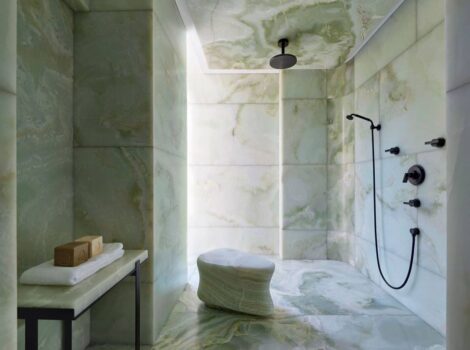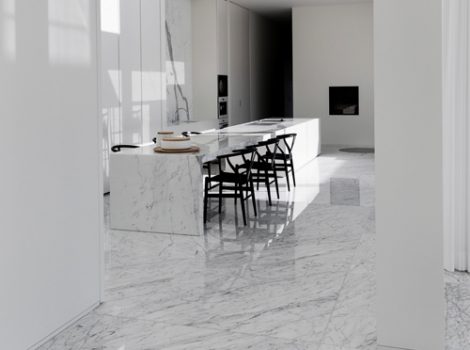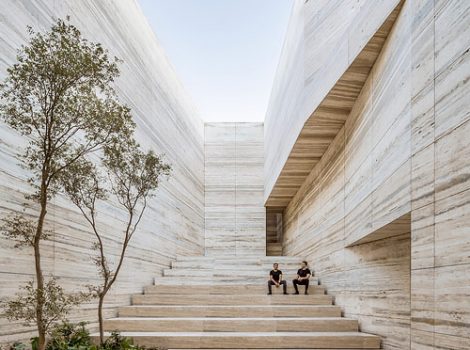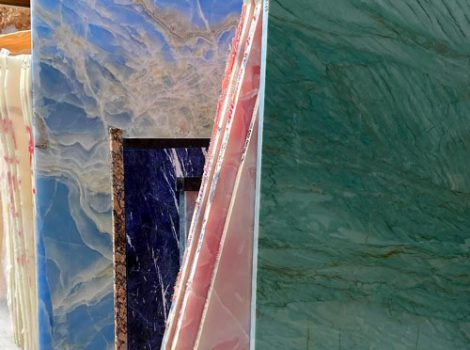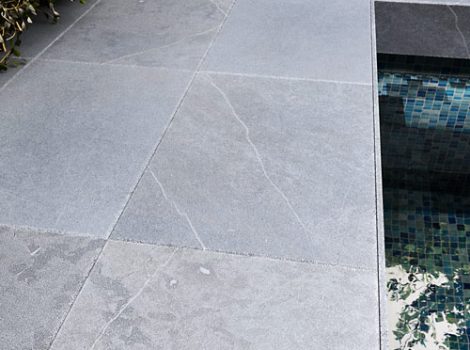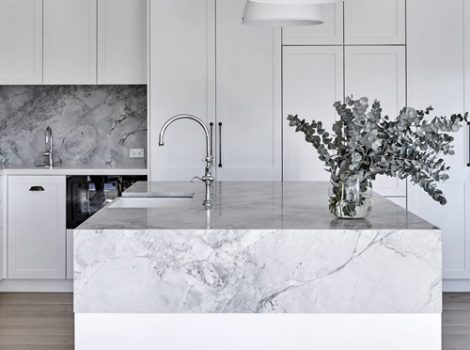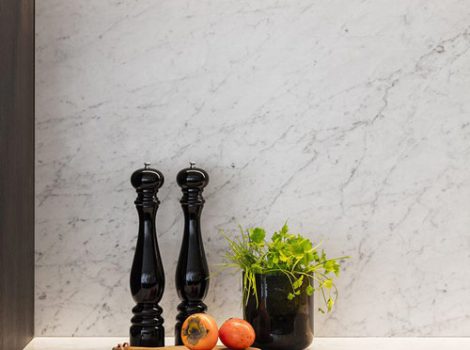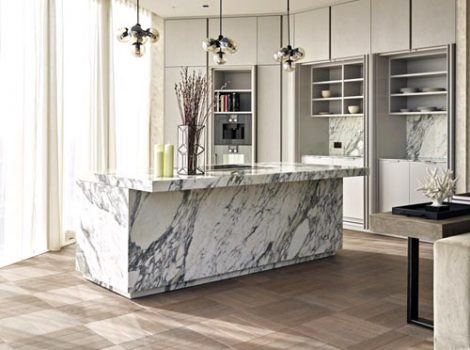How to Tell the Difference Between Dolomite and Marble
Which one do you reckon is more durable? dolomite or marble especially when it comes to using them in flooring, stairs, walls, vanities, and benchtops?
Dolomite usually has strong shades of grey and white. These colors look like marble, so they are sometimes confused with each other. Dolomite is a sedimentary rock made of limestone and lime that meets groundwater containing magnesium. It is not as hard as quartzite, but it will surpass marble in durability and, like marble, will require sealing. Marble typically comes in white, light grey, or cream colors, while granite features dark lines or streaks due to its mineral compositions. While marble is a strong material, it is a softer stone, making it prone to chipping and scratching. In addition to being smoother, marble is porous and more susceptible to staining.
Below is the list of properties that make them different. With proper care, a Dolomite countertop can last a long time. It often outperforms marble over the years. Dolomite is less porous than marble. This means it can resist liquids and acids better over time.
However, this stone is not completely maintenance-free. Seal the stone to preserve its original appearance, hardness, and durability. Dolomite ranks higher than marble in terms of durability, largely due to its dense mineral composition. Dolomite, which is harder than most types of marble, tends to resist scratches and heat more easily. However, this stone does not equal the density and durability of quartzite and granite. In other words, it’s a good middle ground for kitchen and bathroom renovation projects when it comes to durability.

Affordability and Price
Dolomite is usually cheaper than some popular types of marble and other good stones like quartzite and granite. But remember: the price will vary depending on the specific use and the variety of stones you choose. Colour Scheme Very much in keeping with creating a sophisticated interior, dolomite is usually grey, white, and/or tan. Homeowners who want the beautiful look of marble can choose Dolomite. It is less brittle and more durable. Plus, it costs less overall.
This is another area where Dolomites are a great choice. In most cases, dolomite is more expensive than marble, quartzite, and in some cases granite. Dolomite costs will vary by supplier, but you can expect them to generally range between quartzite and marble costs. If you’re looking for a white or grey worktop, we can help you narrow down your options. Marble offers a dazzling look but is a fragile option. Quartzite is very durable and needs less maintenance. Dolomites look great and are more affordable, but they still need care.
Appearance
How can I tell the difference between marble and dolomite? Dolomite looks more “stone grey” than clean white marble. It often has soft pastel colors like blue, pink, brown, and green. The Dolomite color selection has many types of marble. You can choose from white stones like the popular Calacatta or Carrara marble to the Fantasy Brown. A quick way to identify marble is that “leafy white” color that is unique to any other natural stone. Marble can also be easily scratched by metal, or a sharp object.
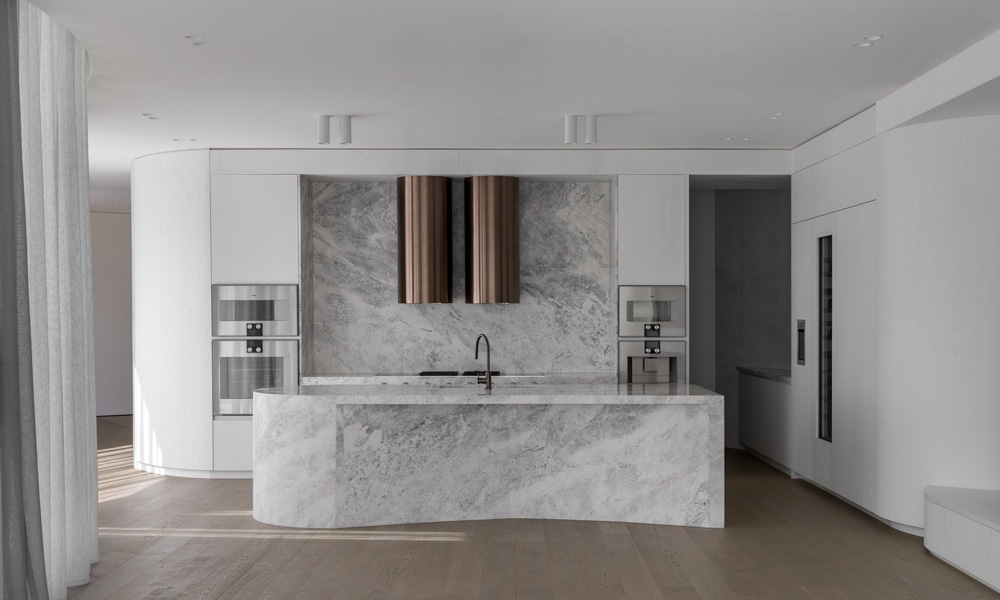
Durability
Dolomite countertops will outperform marble and last longer. These stones can last for decades if properly cared for. Although dolomite is more prone to chipping and cracking than granite, it likely isn’t as wear-resistant.
Stain Resistance: Dolomite absorbs less liquid and is less sensitive to acids than marble. However, it still needs yearly sealing. Acids can cause etching if dolomite is exposed to them. Choosing dolomite offers more safety than marble, but you still need to maintain it properly. Heat Resistant: This is where dolomite worktops shine over quartzite: heat resistance is their greatest strength. Quartzite countertops are more resistant to scratches and stains than dolomite, but quartzite does not tolerate heat or sunlight. A hot pan on quartzite leaves marks that last a lifetime. However, dolomite holds heat well, so you don’t need to worry
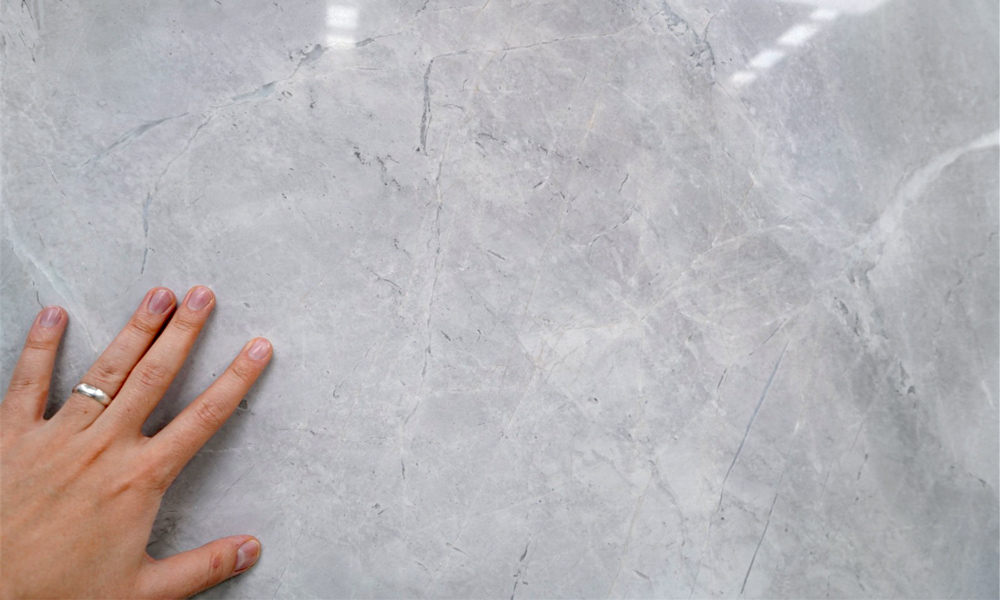
Last Word
Choosing a stone surface for your kitchen, bathroom, or any area in your home or business can be tough. There are many types of stones to pick from, and each one has a wide variety of patterns
Many people like the look of marble. Dolomite can be a good choice if you want less worry about stains and scratches. It offers a marble-like appearance without the high cost. We don’t consider Dolomite a stand-in for marble—not at all. These two different stones are beautiful and functional. Understanding the differences will help you make a smart choice when it’s time to pick stone surfaces.
We encourage you to ask about Dolomite—find out how it can work in your space. Tour our showroom so you can see the difference and let the stone speak to you. We’re here to assist.



